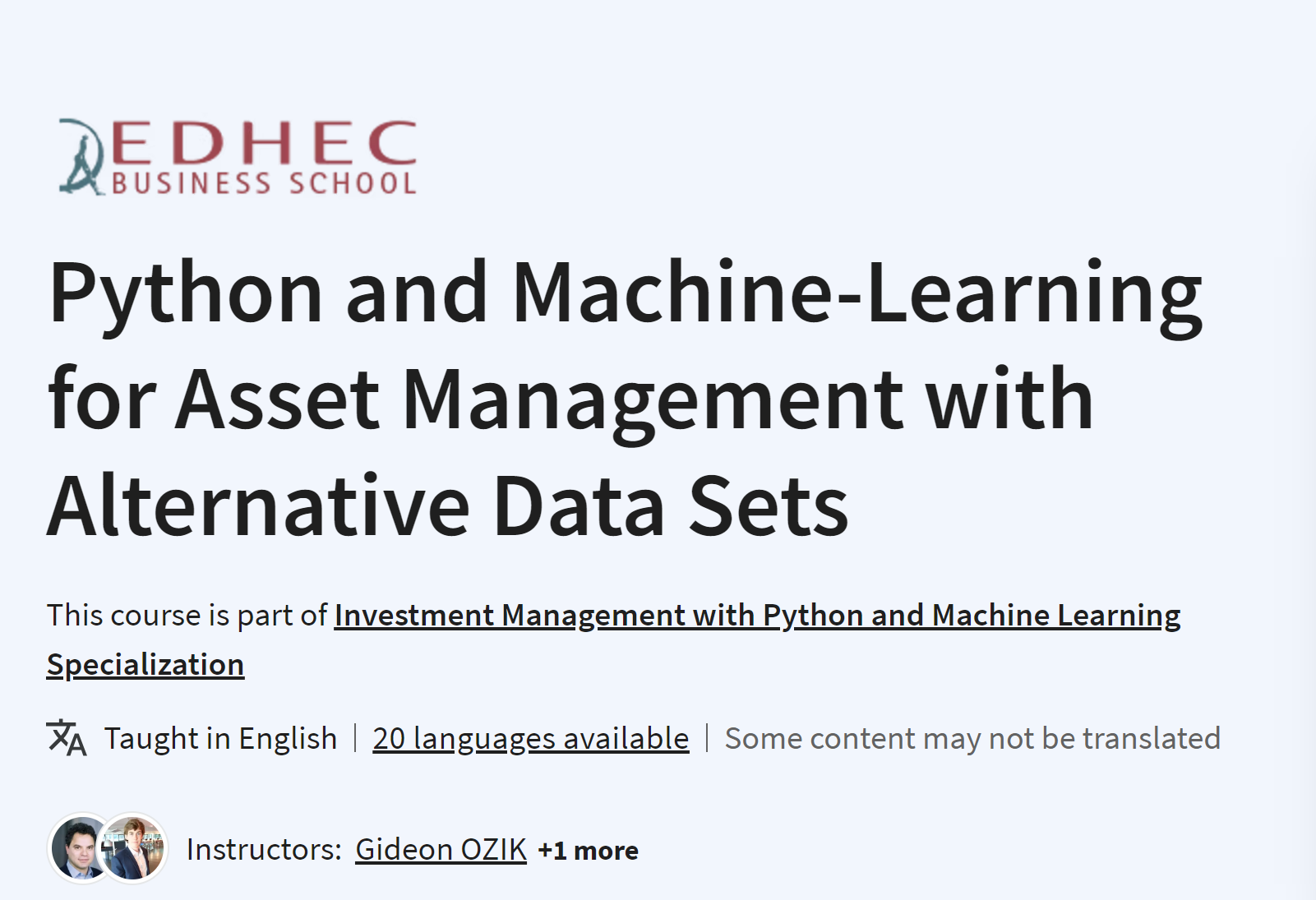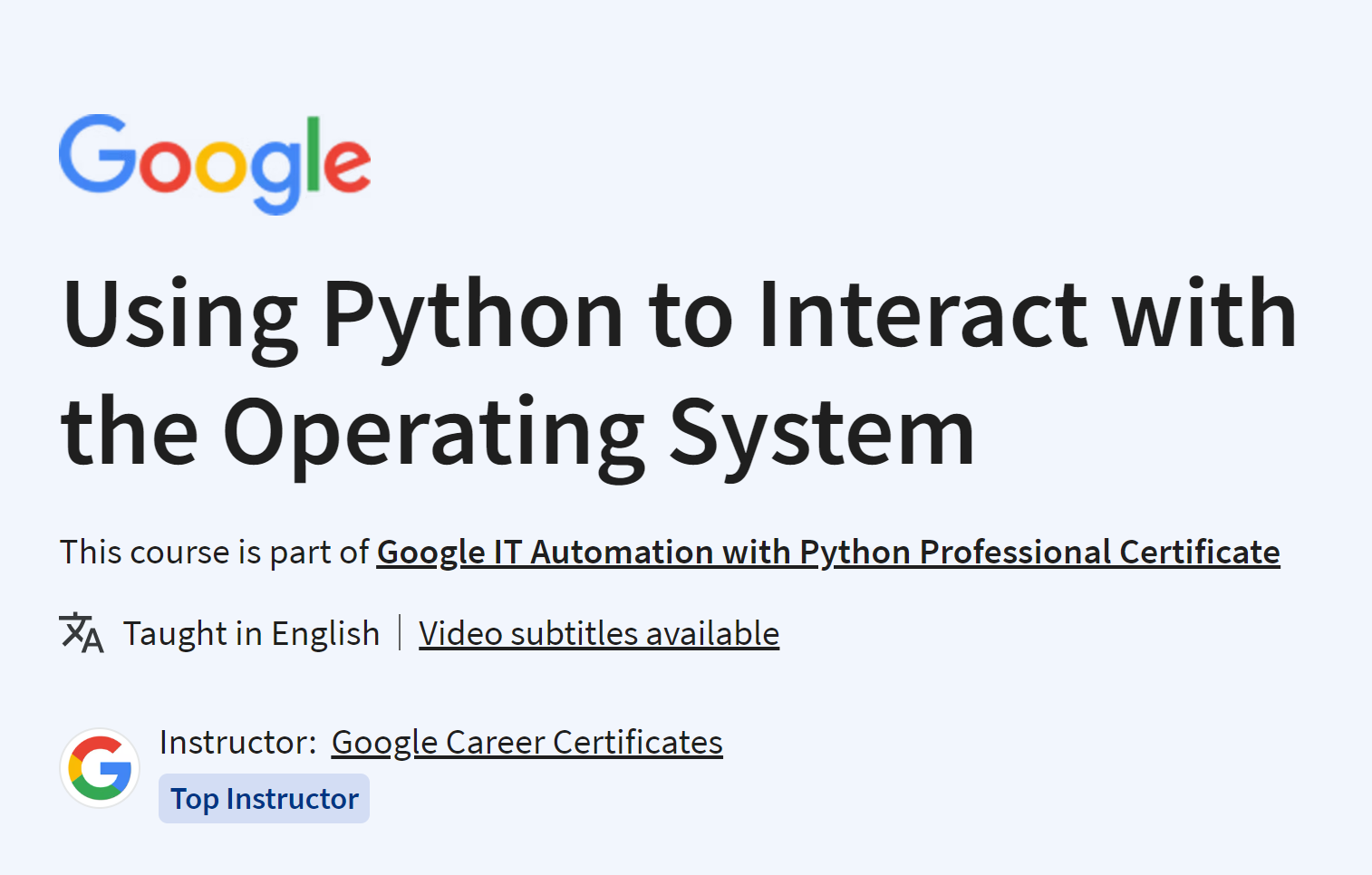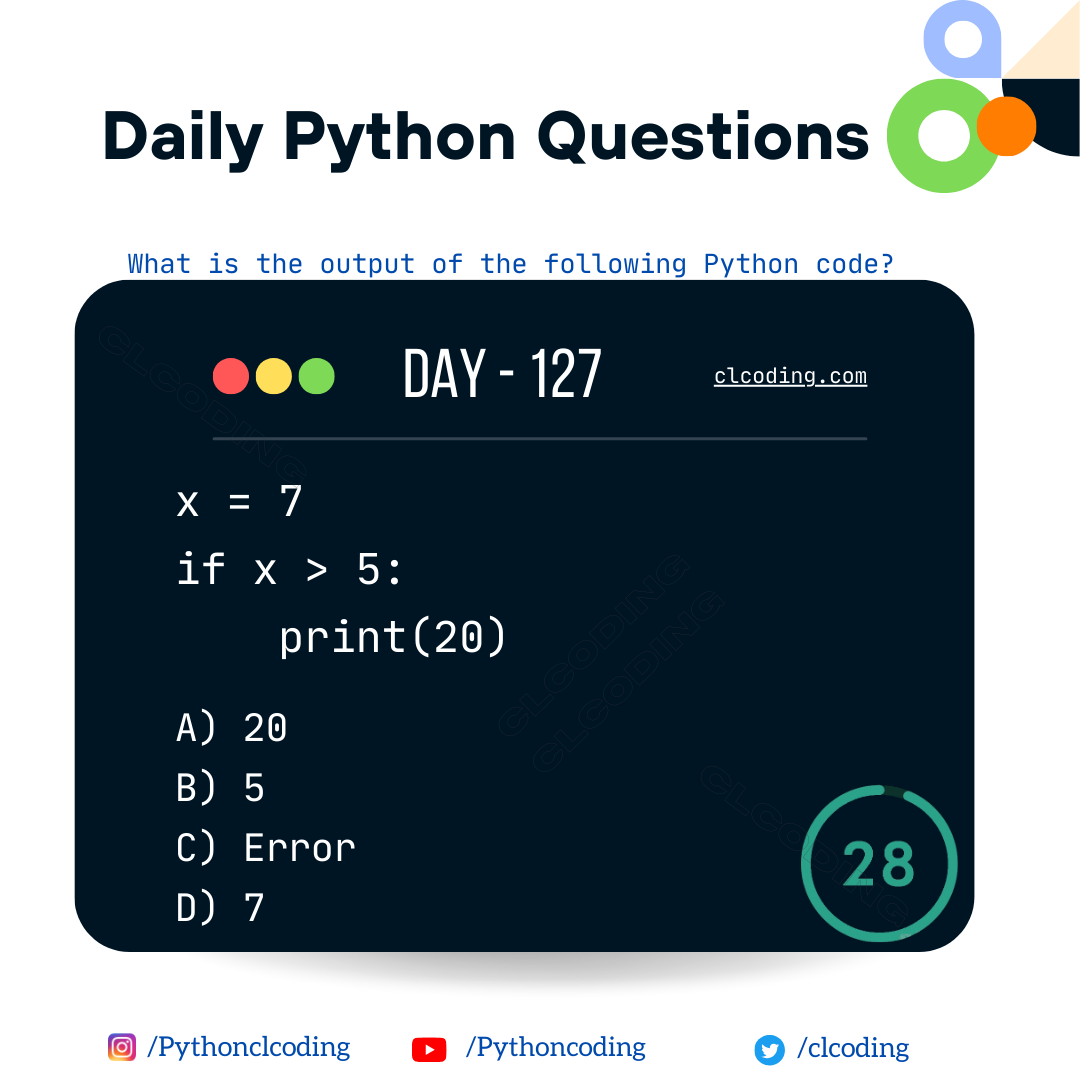What you'll learn
Learn the principles of supervised and unsupervised machine learning techniques to financial data sets
Understand the basis of logistical regression and ML algorithms for classifying variables into one of two outcomes
Utilize powerful Python libraries to implement machine learning algorithms in case studies
Learn about factor models and regime switching models and their use in investment management \











.png)










%20(Computer%20Programming).jpg)











%20in%20Finance).jpg)

.png)


.png)

.png)
.png)





.png)

.png)
%20in%20Finance).jpg)
.png)
.png)

.png)
.png)




.png)

.png)

.png)
.png)






